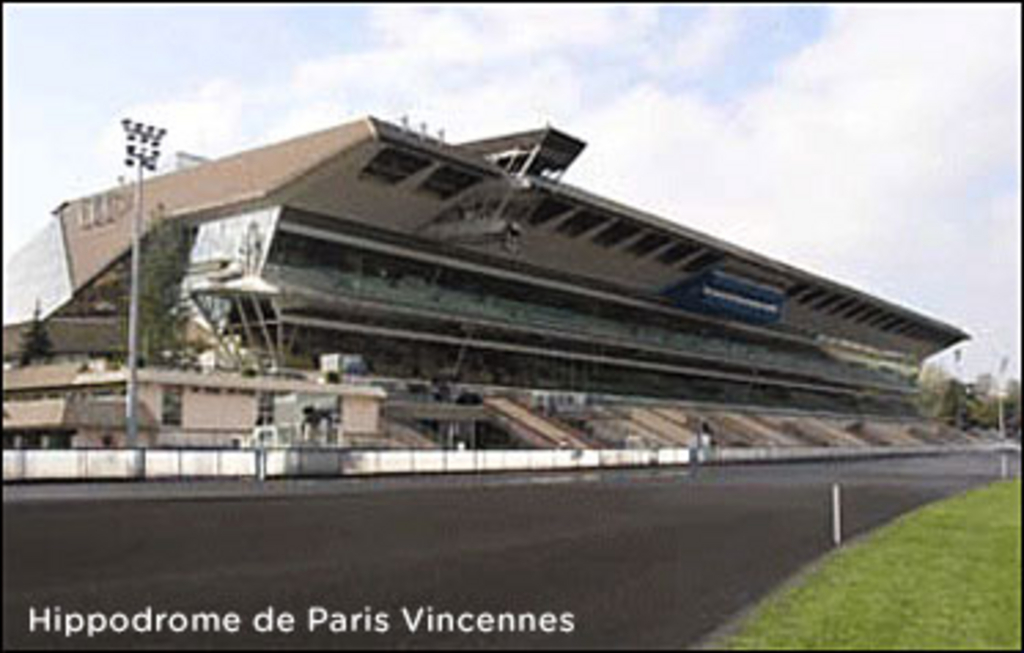The World According To Dean: Going the distance in Gay Paree

The marathoners will take to the track on Sunday at Vincennes in Paris in the Prix de Paris, a race over the distance of 4,125 meters and, yes, that's a tad more than 2.5 miles
.
As if going that distance isn't challenging enough, remember that the Vincennes racecourse is a bit uphill and a bit downhill. The "bit" is actually nine meters. So that means that the lowest point of the track is actually 29.5 feet below the highest point So the trotters have to "climb the hill" on the backstretch.
I was told by a driver that it's quite interesting to see how the trotter's carriage changes when going uphill. He told me that tend to drop their heads and change their gait.
The Prix de Paris is contested for a purse of 350,000 Euros or C$556,900 and it's the third in a string of classics that begins with the Prix d'Amerique and is followed by the Prix de France.
But the big names of the first two races---the victorious Meaulnes du Corta, two-time Prix d'Amerique winner Offshore Dream, Opal Viking, Qualita Bourbon---will not be in the Prix de Paris. After racing 1.7 miles in the Prix d'Amerique and then 1.3 miles in the Prix de France, they're getting a well-deserved rest.
So a field of 11 marathoners will contest the Prix de Paris. There are five mares and six males, ranging in age from 6 to 10. (Horses older than 10 are not permitted to race.)
As with all classic races in France, geldings are not welcome. The French believe that classic races are how they select the breeding stock for future generations, so geldings have no place in such events.
That is contrary to my belief that if you want to have a classic race, you put the best possible horses---regardless of gender---on the track. But traditions are important in French trotting.
To me it seems a shame that only 11 horses are in such a long race. The Prix d'Amerique is significantly shorter and it has 18 starters. My fear is that with 11 horses trotting more than 2.5 miles, there won't be much movement and you might be able to catch a quick nap during the middle of the race.
I do like the variety of distances in French trotting, however. It adds spice to a racing program.
Certainly one of the favorites in the Prix de Paris will be the 8-year-old mare Nouba Turgot, racing barefoot all around. She's already won two races this year, but they were relative sprints at only 1.3 miles. In her career, Nouba Turgot has earned right at C$1,572,000.
By the way, Nouba Turgot is a daughter of a 19-year-old stallion named Canada, also the sire of another classic-winning mare Nouba du Saptel. Canada stands for a modest fee of 1,000 Euros at a farm not far from the village of St. Mere-Eglise in Normandy, famous for its role on D-Day in World War II.
Dean Hoffman, one of North America's most prolific harness racing journalists and member of the U.S. Harness Racing Hall of Fame, offers SC website readers his weekly look at international standardbred racing through his eyes.

